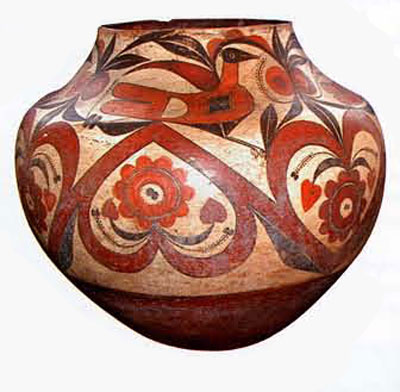
Opening of new Classical galleries is cause for celebration: Visitors lined up on South Street before the Museum gates opened on Sunday, March 16, 2003, to celebrate the grand opening of the new classical exhibition, Worlds Intertwined: Etruscans, Greeks, and Romans. By the end of the day, around 4,000 people had visited the galleries and joined in the fun. Singing and dancing troupes represented the Italian and Greek communities. Visitors enjoyed theater in the galleries; demonstrations of glassblowing, topiary art, pasta and mosaic making; children’s activities; a presentation of ancient Greek athletics; and a fashion show of ancient costumes. Gladiators battled in the Stoner Courtyard, surrounded by an encampment of two legions of Roman soldiers reenacting aspects of military life in the Roman Empire. It was unforgettable — the largest single-day attendance in Museum history.

Unique Exhibition on Prehistoric Metallurgy Installed in Thailand
In March, as the finishing touches were being applied to the Museum’s splendid new Roman and Etruscan galleries, another installation, on a much smaller scale, was taking place in the King Narai National Museum in Lopburi, Thailand. Drs. Vincent C. Pigott and Judy Voelker — both affiliated with the Museum Applied Science Center of Archaeology (MASCO) — and Khun Marita Nitata, director of the King Narai Museum, conceived and installed this new exhibit that focuses on copper production at the prehistoric site of Non Pa Wai in central Thailand, ca. 1500 B.C. Sophie Middlebrook and Lindsay Shafer, MASCA research assistants, and Anne Hayward, a MASCA volunteer, assisted with the graphics.

Non Pa Wai has a deep industrial deposit reflecting some 700 years of copper smelting activity. The thousands of tons of slag, and innumerable fragments of ores, crucibles, and molds recovered make Non Pa Wai among the largest copper smelting sites anywhere in Asia.
The exhibition is the result of joint excavation efforts of the Museum and the Thai Fine Arts Department under the auspices of the Thailand Archaeometallurgy Project (TAP), codirected by Dr. Pigott and Surapol Natapintu (Silpakorn University, Bangkok). Major support for TAP fieldwork was received from the National Science Foundation, the National Geographic Society, the American Philosophical Society, Mrs. Betty Starr Cummin, and Ms. Maude de Schauensee.
When you visit us at UPM, be sure to view more details of the TAP research on the new plasma screen exhibit installed in the Sharpe Gallery.
Vincent C. Pigott, MASCA Research Associate.

News From the American Section
The Museum is pleased to announce a grant of $1 million through the generosity of Mr. Gregory Annenberg Weingarten and the Annenberg Foundation to establish the Gregory Annenberg Weingarten Curator of the North American Section. Over the course of the next year, a lavish publication will be planned to showcase masterpieces from the North American Indian Collections, also funded by Mr. Weingarten and the Annenberg Foundation.
Kiare Scarborough, Assistant Development Officer.
Is It Real or Fake?
The Women’s Committee of the University of Pennsylvania Museum of Archaeology and Anthropology will sponsor Real or Fake?, an evening of adventure and discovery, on November 15, 2003, from 6 P.M. to 9 P.m. Ain the Upper Egyptian gallery. You will be challenged to match wits with forgers of the past, using your sleuthing skills to determine whether artifacts placed before you are real or fake.
Come join us for an evening of fun and learning. Prizes will be awarded and there will be a cocktail buffet. Sleuth wear is encouraged. To receive an invitation, or for more information, call the Women’s Committee at 215.898.9202.
Helen Weary and Helen Winston, Women’s Committee. The Women’s Committee was founded in 1937 to support the work of the Museum.

Tikal Digital Access Project (TDAP)
With a generous grant from the Foundation for the Advancement of Mesoamerican Studies Inc. (FAMSI), is nearing completion of the Tikal Photographic Database hosted on FAMSI Web site (www.famsi.org). Many of these historic images from the University of Pennsylvania’s 15-year archaeological investigation of Tikal, Guatemala, have never before been published. TDAP was recently featured in the online version of the journal Nature (www.nature.com/nsu/030331/030331-1.htm/), which increased traffic to TDAP Web site to almost 7,000 unique visitors per month from more than 50 countries. Visit TDAP at www.museum.upenn.edu/tdap for the latest news.
Sharron Aponte Misdea, Research Associate, American Section
